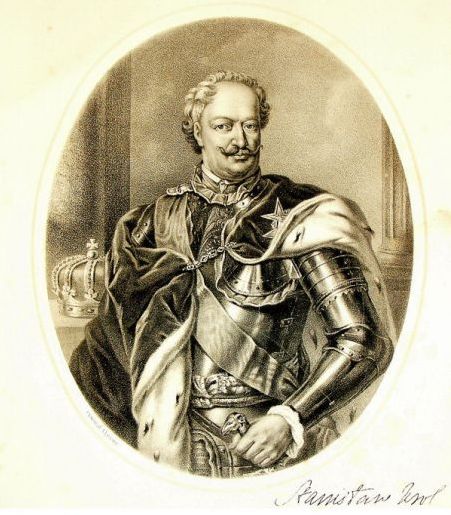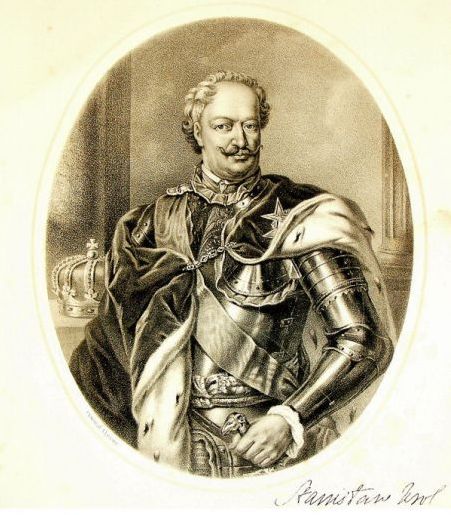
King of Poland, Duke of Lorraine and Barrois, Leszczyński was born 1677 in Lvov. He was made Voivode of Poznań in 1699. He supported anti-Saxon policies since 1703 and was the organiser of the Wielkopolska Confederation, targeted at Augustus II the Strong; having turned into a countrywide movement, the Confederation has led to the King’s eventual dethroning.
Leszczyński associated himself with the Swedish monarch Charles XII and with his support was elected King of Poland in 1704. After Charles was defeated at Poltava in 1709, the Polish king was forced to emigrate. He stayed for some time in Turkey, from where he moved in 1714 to Rhineland and then again, to Strasbourg in Alsace. After his daughter Maria wed to the French king Louis XV (1725), Leszczyński resided at the Chambord castle on the Loire.
With Augustus II dead, he returned to Poland and was re-elected king, with support from Louis XV, in 1735. In the following year, he had to hide himself in Gdansk against Russia-supported Augustus III. He eventually abdicated in Królewiec/Königsberg, from where he went on to France and was granted there the Duchy of Lorraine and Barrois on a lifetime basis.
Soon after, he became commonly respected amongst the local community as a good manager as well as patron of arts and sciences. Stanisław Leszczyński died 1766 in Lunéville and was buried in Nancy. His heart has been deposited at the Wawel Cathedral’s royal crypts.



